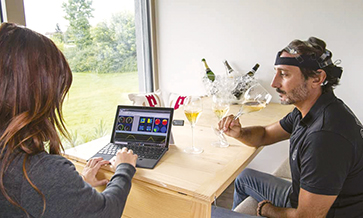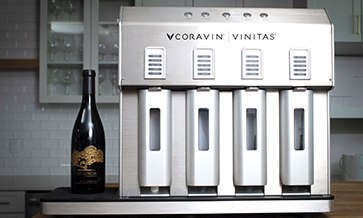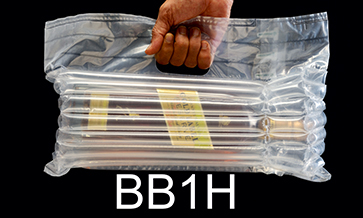A ground-breaking discovery has emerged from the world of oenology, revealing a novel method for significantly elevating the quality of wines. Researchers have identified that the implementation of Torulaspora delbrueckii yeast during the carbonic maceration process yields remarkable improvements in color, aroma and overall wine quality.
This revelation not only enhances the sensory experience for wine enthusiasts but also streamlines the fermentation process, offering a competitive edge to winemakers in a saturated market.
The Universitat Rovira i Virgili (URV) in Tarragona (Spain) conducted a comprehensive study delving into the transformative effects of a specific yeast strain on the wine-making process. This yeast variation has demonstrated the capacity to expedite fermentation while enhancing the organoleptic properties of wines, particularly those undergoing carbonic maceration.
Carbonic maceration wines have garnered increasing attention in the market due to their vibrant floral and fruit-forward characteristics, reminiscent of renowned varieties such as France’s Beaujolais Nouveau. Notably, regions like La Rioja and Catalonia have embraced this wine-making tradition, particularly in areas like Montsant and Conca de Barberà.
Traditionally, carbonic maceration involves three distinct phases. Initially, whole grapes are immersed in an environment saturated with carbon dioxide, fostering anaerobic conditions conducive to fermentation within the grape clusters. This process liberates a spectrum of aromas, resulting in wines characterized by intense fruity notes such as banana and red fruits.
Subsequently, the macerated grapes undergo pressing to finalise alcoholic fermentation, followed by the induction of malolactic fermentation, which contributes to the wine's complexity and stability.
The URV research team, led by principal investigator Candela Ruiz de Villa, embarked on a comprehensive exploration of Torulaspora delbrueckii's impact on various wine styles, including rosé and orange wines. Unlike previous studies focused on conventional white and red wines, this research scrutinised the entire vinification process from inception to completion.
Inoculating strains of the yeast during the initial fermentation phase yielded profound outcomes. Notably, wines treated with this yeast exhibited enhanced color intensity, preserving essential compounds like anthocyanins responsible for red wine's vibrant hues.
Additionally, a perceptible increase in aroma families, notably banana, was observed, enriching the sensory profile of the wines.
Beyond sensory enhancements, the inclusion of Torulaspora delbrueckii proved instrumental in accelerating the vinification process by expediting malolactic fermentation.
This dual benefit of improved sensory attributes and shortened fermentation time underscores the transformative potential of this unconventional yeast strain.
The implications of this research are far-reaching, offering winemakers a novel avenue to elevate the quality and distinctiveness of their products in a fiercely competitive market.
Nicolas Rozès, a researcher involved in the study, emphasises the significance of this breakthrough, highlighting its applicability across various wine styles, including rosé and sparkling wines.
The study's findings were validated through semi-industrial testing in 10-litre tanks and subsequent implementation at Mas dels Frares, the URV’s experimental farm, in volumes of 1,000 litres. The consistent replication of results underscores the practical feasibility of integrating this yeast into winemaking practices.
With this yeast strain readily available in the market, researchers like Cristina Reguant advocate for its immediate adoption by wine producers, armed with newfound knowledge to enhance their craft and meet evolving consumer preferences.
In essence, the discovery of the yeast strain’s transformative potential represents a pivotal advancement in the quest for excellence in wine-making. –ScitechDaily













